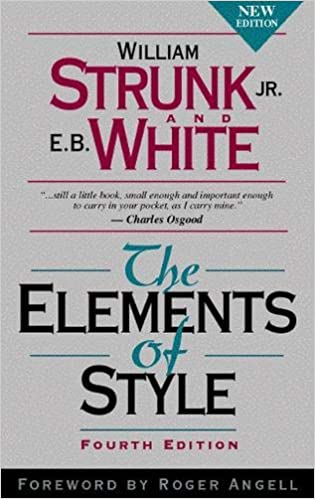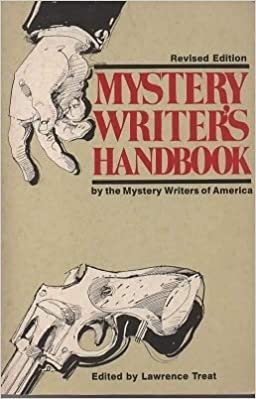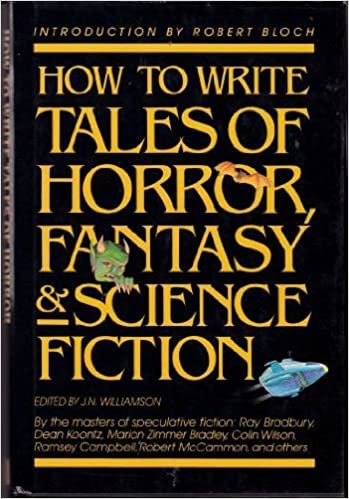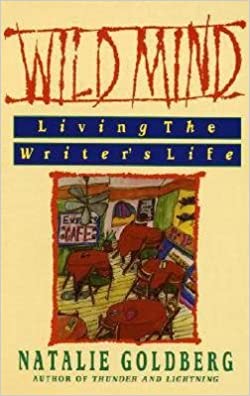I’ve been using the so-called Little Book for years but only as a reference, not a resource. That changed recently when I’d finished editing a work-in-progress, The Inheritors, and had some spare cycles.
Definitely keep The Elements of Style handy as a resource. Keep it right next to your keyboard. I have physical copies near all my workplaces and electronic copies on all my devices. Because my memory could drain wet freshly cooked pasta, I pick it up several times a day and often for the same things.
Hopefully things will stick now that I’ve read it. (adding this note two days after writing this post. happy to report yes, things stuck. yeeha!)
The Elements of Style is rich in examples. My ninety-two page edition (complete with index) is now half dog-eared with notes waiting to be transcribed.
Yes, most people I know are familiar with Section I: Elementary Rules of Usage; when to use a comma, when to use a semicolon, how to form possessives, participle phrases, and all that grammar stuff.
Good! That’s what I used it for. Until this reading.
Please give yourself the opportunity to read the Introduction (it’s short and rich). Take a tour through Section II: Elementary Principles of Composition. Meander through Sections III and V: A Few Matters or Form and An Approach to Style respectively. Stroll through Section IV: Words and Expressions Commonly Misused (made myself an autocorrect list out of these).
Go slow, look around, and enjoy. The Little Book is a book mechanic’s toolchest. Get your hands dirty. It’s worth it.




